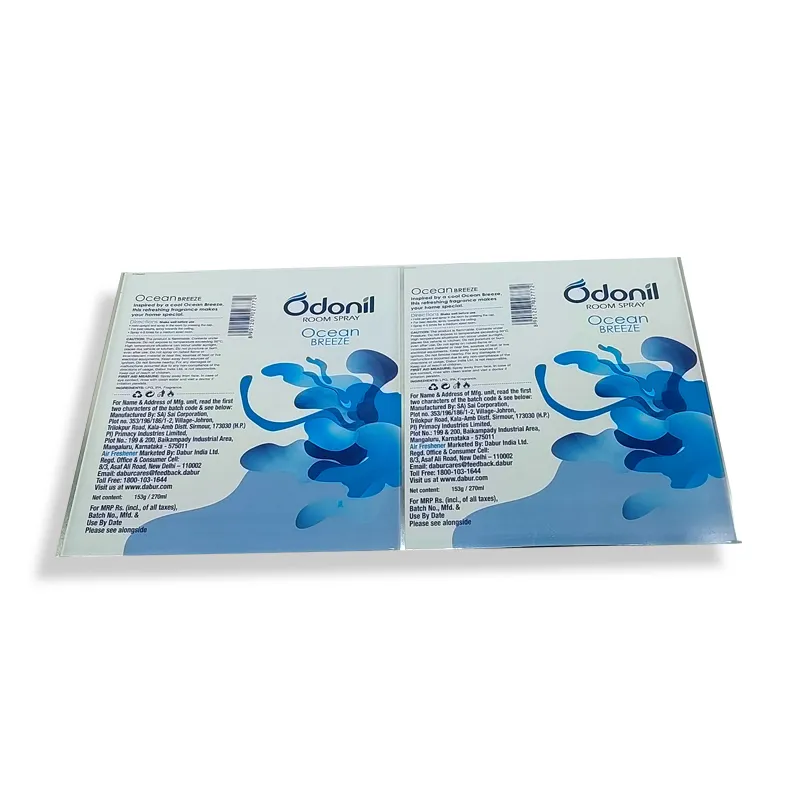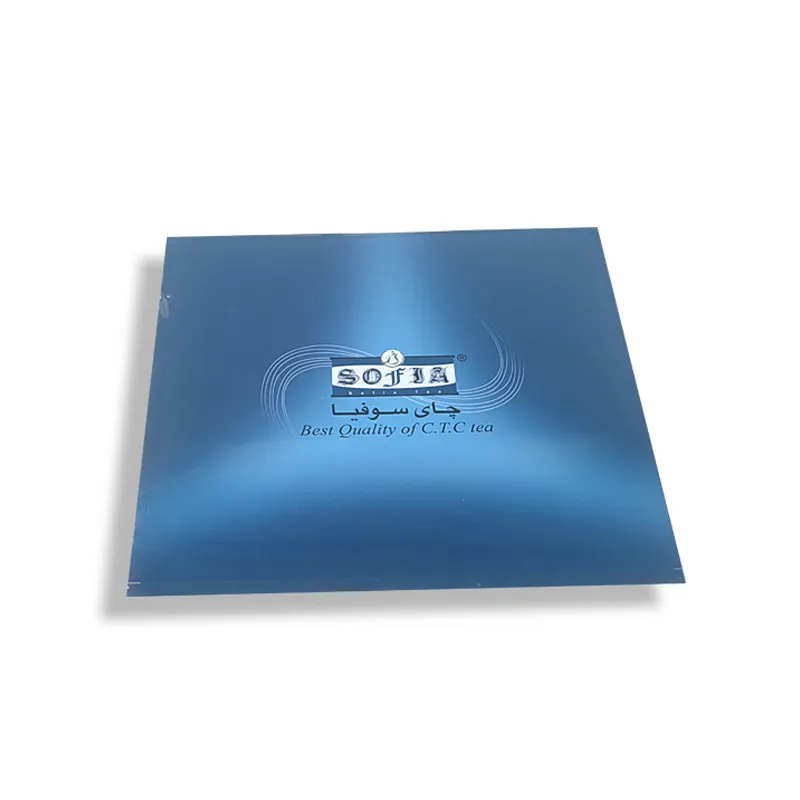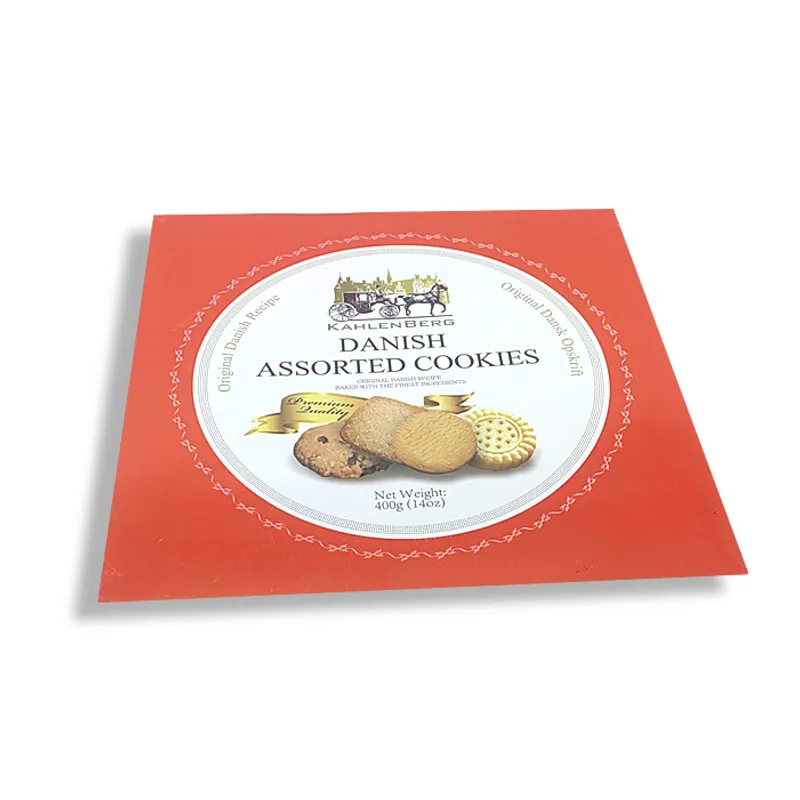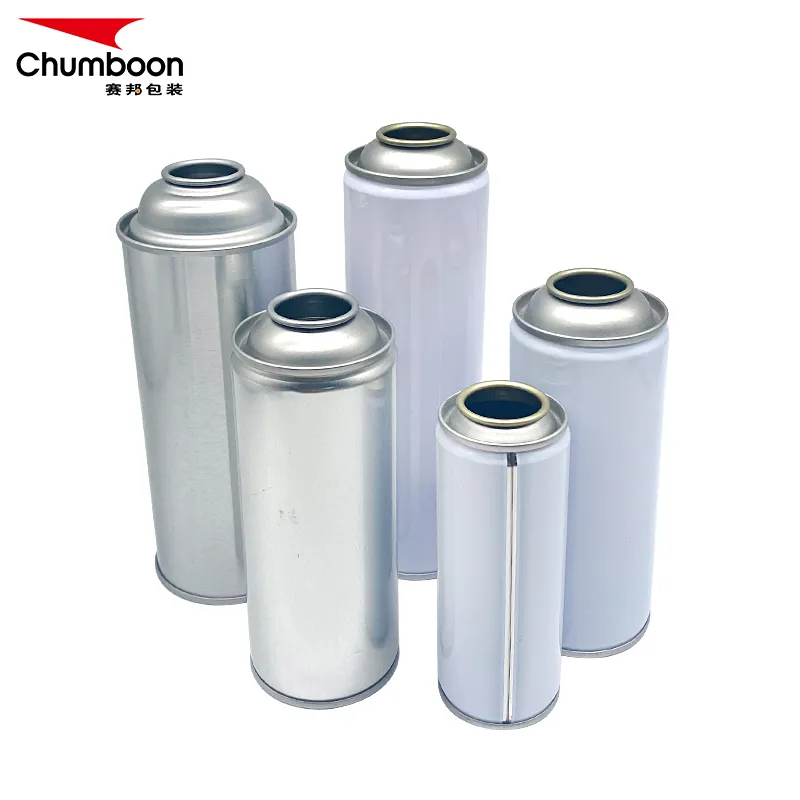For example, the packaging of acidic food cans such as jam and ketchup often requires thicker tinplate to resist the erosion of acidic components. Generally speaking, the thickness of tinplate for such food packaging cans is about 0.20 mm to 0.30 mm.
2024-11-22
More





